Connemara Turf Mor Single Malt Whiskey
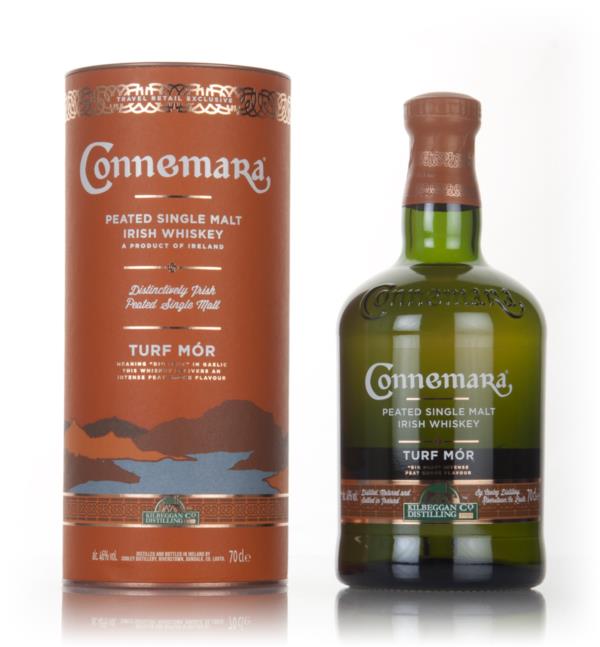
Contains E150A
Our best price:
£53.95
Whisky Price comparison
If you’d rather the complete list you can find it here, be warned it takes a while to load though!

Contains E150A
Our best price:
£53.95
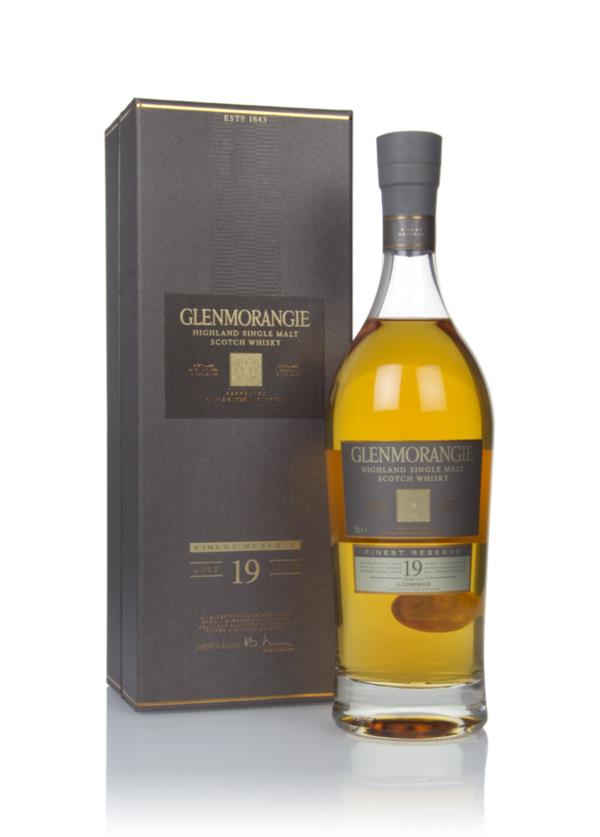
Contains E150A
Our best price:
£
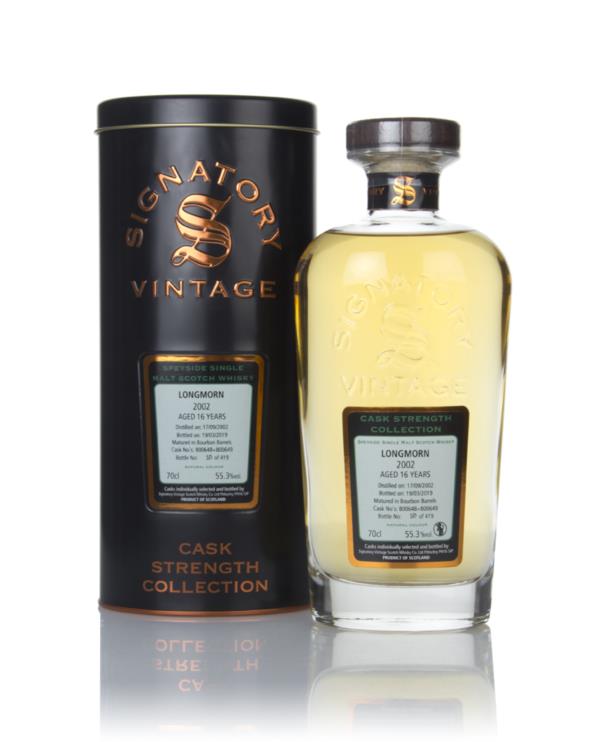
E150A Unknown
Our best price:
£
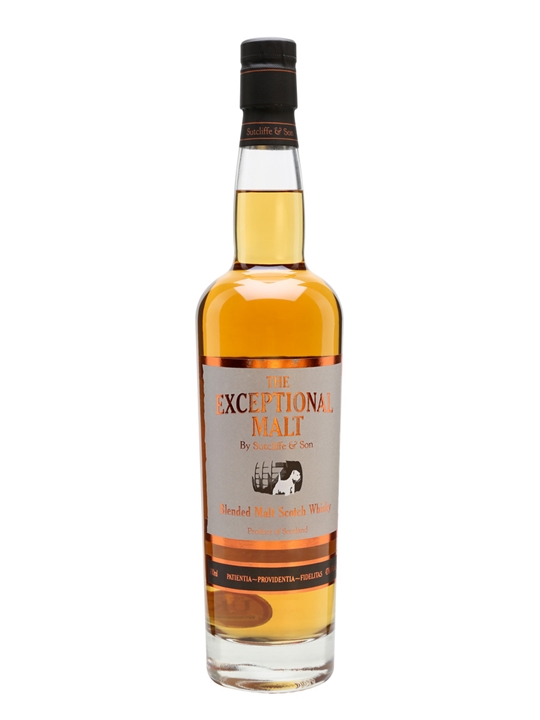
E150A Unknown
Our best price:
£82.58
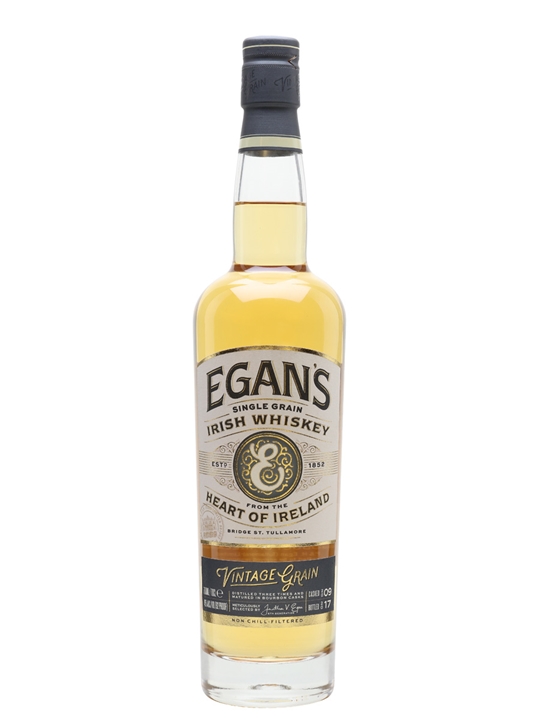
E150A Unknown
Our best price:
£49.95
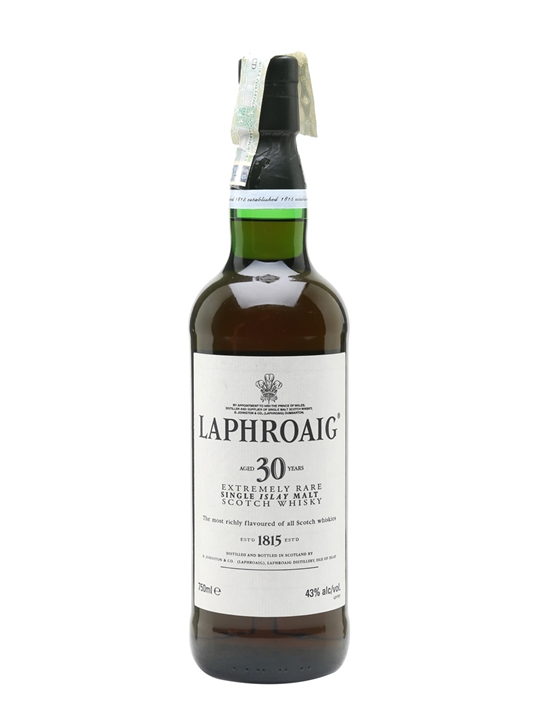
E150A Unknown
Our best price:
£2500
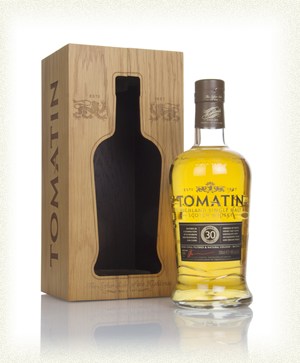
E150A Unknown
Our best price:
£295
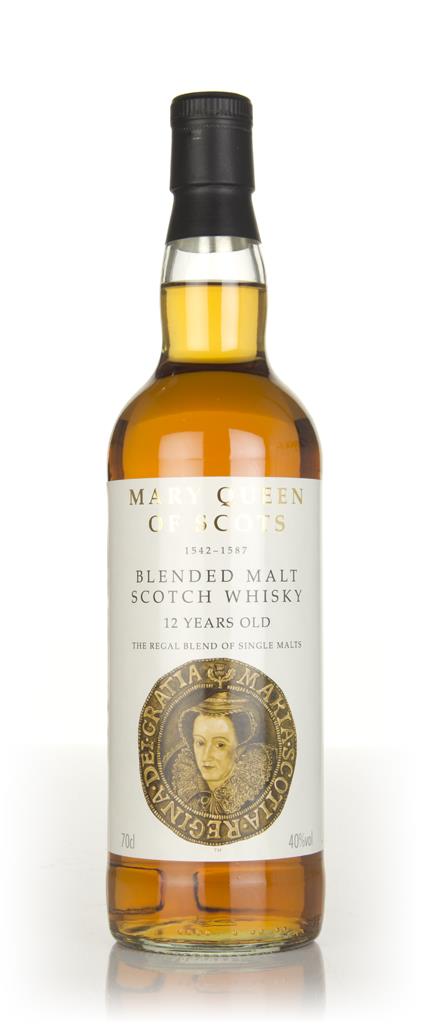
E150A Unknown
Our best price:
£
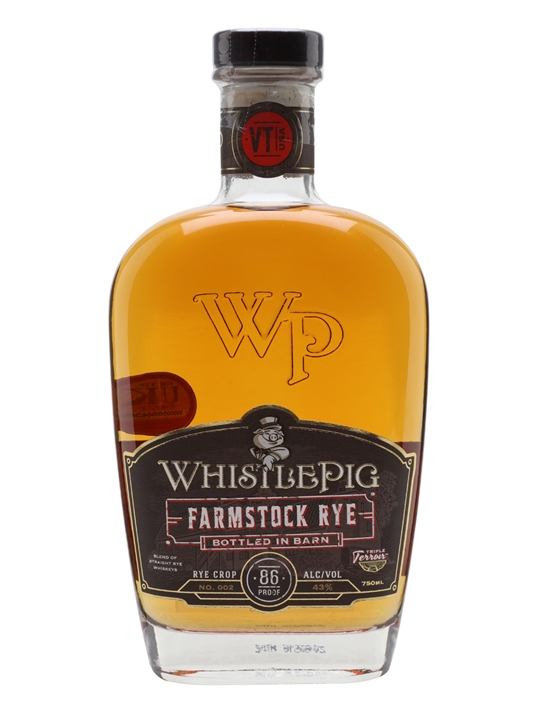
E150A Unknown
Our best price:
£69.95
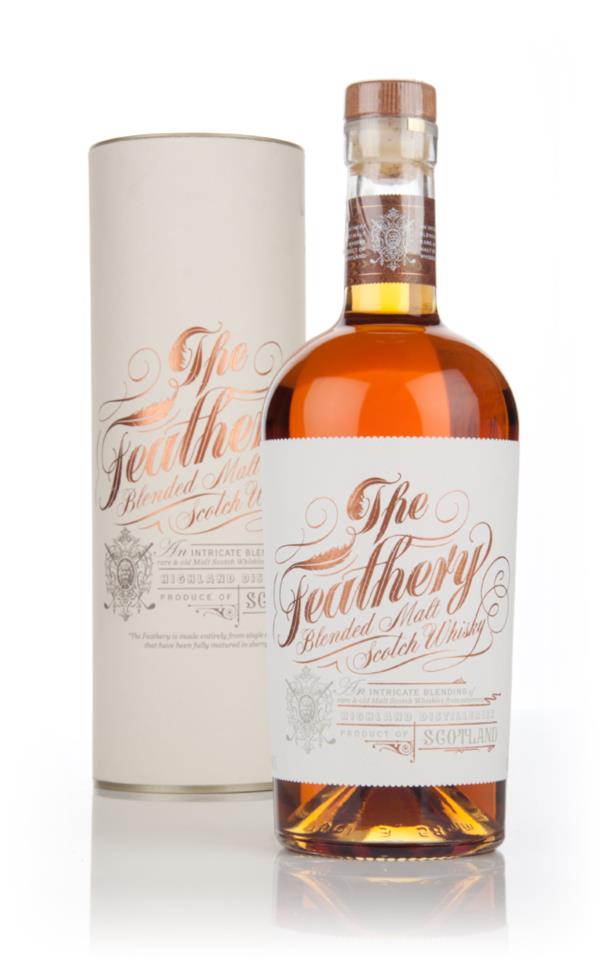
E150A Unknown
Our best price:
£38
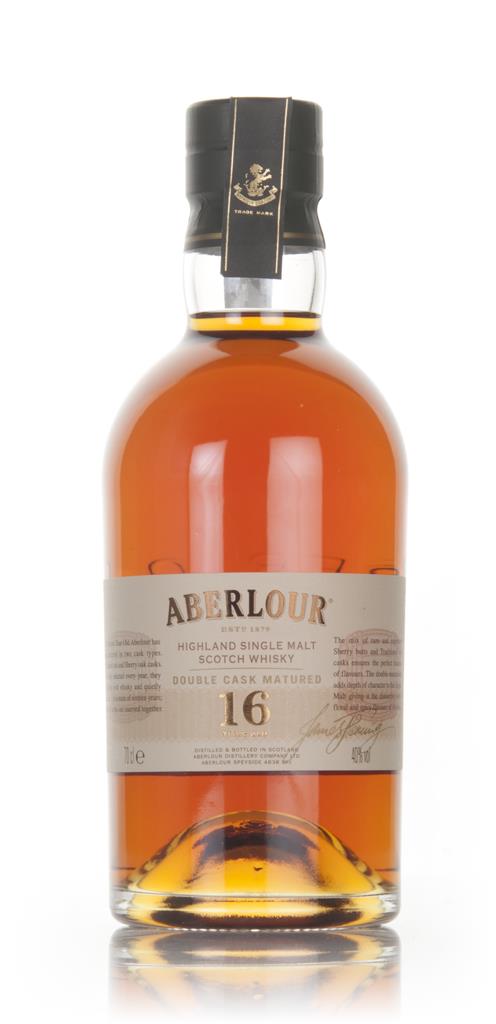
Contains E150A
Our best price:
£69.9
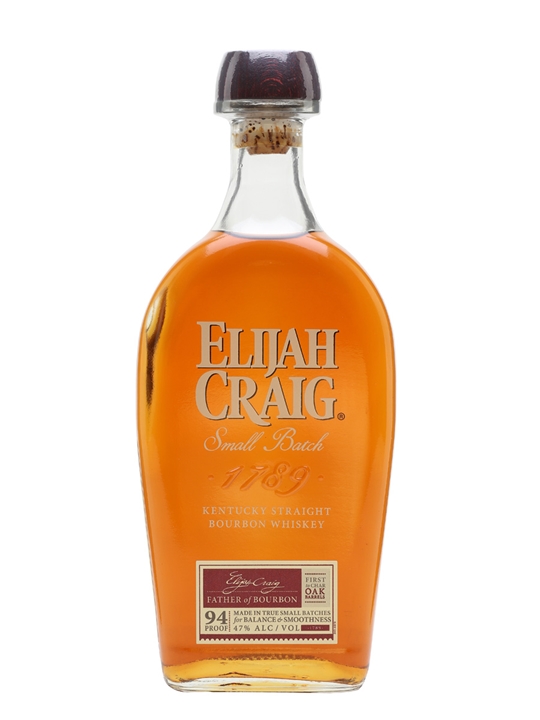
E150A Unknown
Our best price:
£38.9
| Whisky Bottle | Rating | Reviews | Price |
|---|---|---|---|
| Linkwood 1969 /2012 Gordon & Macphail | 0 | 0 | £1100 |
| Stalk & Barrel Rye Whisky Canadian Rye Whisky | 0 | 0 | £46.95 |
| Mortlach 12 Year Old The Wee Witchie | 4.5 | 31 | £36.45 |
| Paul John Single Cask 4611 UK Exclusive Indian | 0 | 0 | £115 |
| Big Peat Feis Ile (2019 Edition) Blended Malt Whisky | 5 | 1 | £47.95 |
| Islay #3 13 Year Old (That Boutique-y Whisky Company) | 0 | 0 | £119.95 |
| Brora 1981 25 Year Old Duncan Taylor | 0 | 0 | £1200 |
| I W Harper Gold Medal /1970s Kentucky Straight Bourbon Whiskey | 0 | 0 | £299 |
| Dalwhinnie Triple Matured Edition | 0 | 0 | £82.95 |
| Royal Salute 21 Year Old The Sapphire Flagon | 0 | 0 | £ |
| Glenfarclas 25 Year Old Jim Clark | 0 | 0 | £1000 |
| Limeburners Peated Australian | 0 | 0 | £175 |
E150A is a food colouring agent created by burning sugar, it’s permitted as a food colour world wide and can be used to colour whisky. It’s the same stuff that’s added to Coa Cola and Pepsi to give them their dark brown colour and it’s regularly added to a number of grain whiskies, blends and even single malts.
Spirit caramel is added to whisky for two reasons; firstly to normalise the colour between different batches of whisky and in some cases to enhance the natural colour of the whisky. How much of each occurs is a rather complex question as no brand would readily admit to manipulation of their whisky to mislead consumers.
Because blends, and even single malt whiskies, use a mix of different casks in order to try and replicate their signature whisky styles. As every cask is different blending purely to replicate flavour can lead to colour differences between batches. A Laphroaig 10 from 5 years ago might taste virtually identical to one produced today but may be much lighter, or much darker depending on the casks used. To avoid confusion among consumers distilleries many distilleries ‘normalise’ the difference through the addition of E150A.
At the other end of the spectrum is the role of enhancement and this is particularly prevelant among the lower priced supermarket blends. When whisky is first distilled it’s crystal clear and looks like water, or vodka. The golden or even brown colour is a result of interaction with the barrel it is stored in. For cheaper whiskies older barrels are used and these impart less colour, they often favour larger barrels as well which means less interaction with the liquid (as a smaller barrel offers more liquid to surface area). To avoid these bottles ending up on the shelf looking like off-colour vodka spirit caramelis added to ensure the anticipated golden brown is present. In other instances such as Dalmore
Yes, E150A does change the taste of a whisky. That is our decided opinion, while countless brand ambasadors will dispute this point, or denounce us and refuse to debate the point we’ve done the leg work and are firmly of the position that E150A does change the flavour of the whisky.
We’ve conducted blind and double blind taste tests using E150A from multiple suppliers, and even using minscule amounts the taste profile does shift slightly. Interestingly this change is not always detrimental and E150A seems on occasion to round out a whisky. In most cases the whiskies are identified as being different, in some the whisky with caramel is preferred, in others the whisky without. There’s no added sweetness (E150A is very bitter) but no obvious bitterness added to the whisky unless absurd amounts are used, so we’re not condemning anyone for the use of spirit caramel. That said in the interest of consumer fairness we feel that consumers should be able to find out what’s in their bottle.
By law any whiskies containing E150A sold in Germany have to list it as an additive, on their websites this usually appears as ‘mit Farbstoff’ or ‘enthält Farbstoff’ both meaning the spirit contains dye. We’ve scraped a number of German whisky websites and matched their ‘EAN’ and bottles details against the bottles we pricecheck using multiple validations to confirm*.
*Ultimately this system is far from perfect, distilleries change their output and bottles that did contain spirit caramel may change their process. It’s also not completely inconceivable that a whisky could contain caramel for one market and not in another, however unlikely this might be. So until the distilleries are prepared to have a grown up conversation, we’ll do everything in our power to keep our DB up to date. Let us know via the contact form if you find any issues.